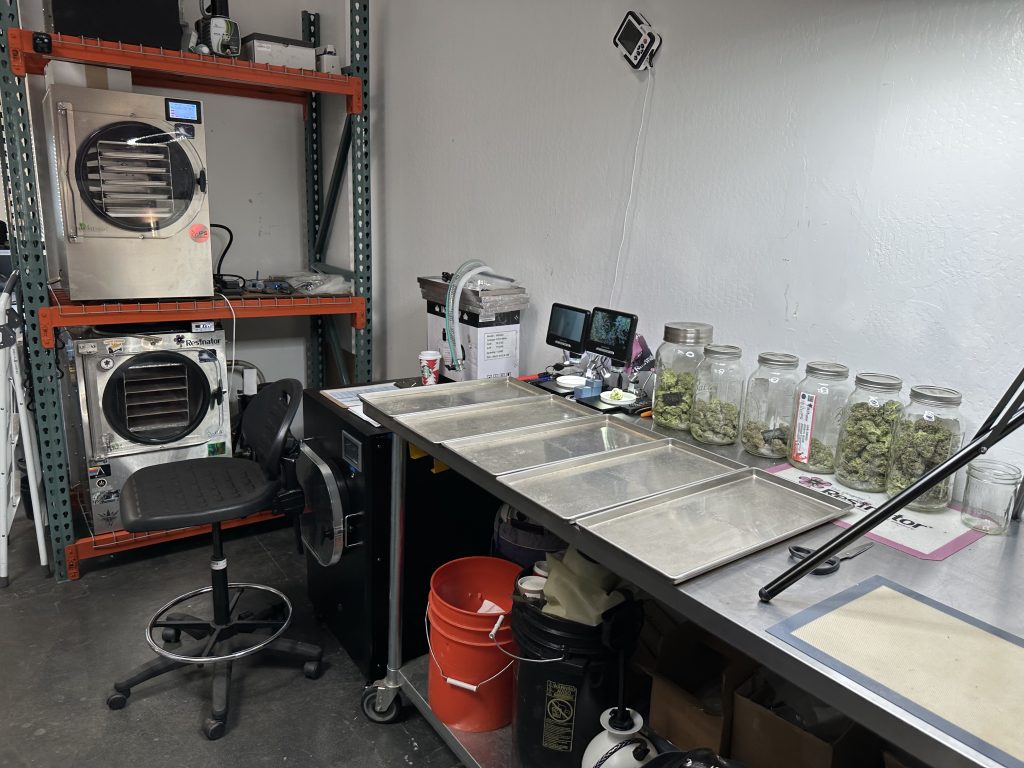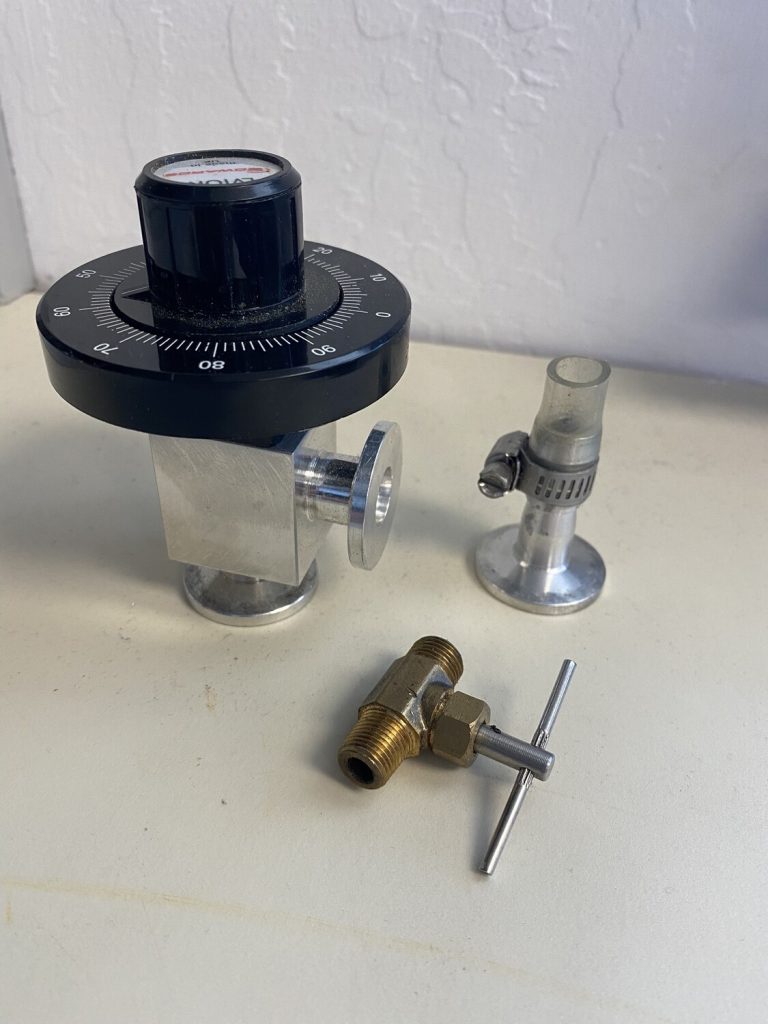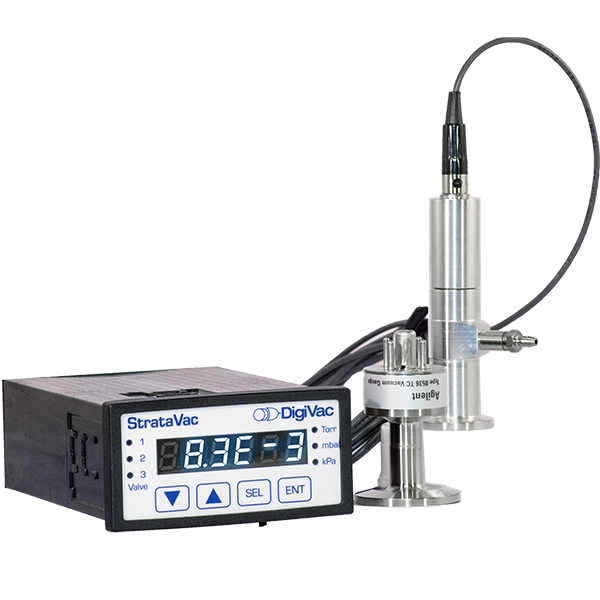How does Vacuum Control Automation Optimize the Freeze Drying Process for Optimal Turn Around?
Diving Deeper into the Crop-to-Cure® Process

The Original Resinator’s Behind the Process: Crop-to-Cure®
PART 3 | Automated Vent Valve
The Problem
From our two previous articles “The Original Resinator’s Behind the Process: Crop-to-Cure® ” part 1 & part 2, we found out more about freeze drying and the challenges of dealing with botanical products transitioning through many stages. One of the primary issues we worked to solve was one of time – how long would it take from harvest through curing utilizing the sublimation process? And as it turned out, trying to expedite the process of botanical lyophilization was proving to be more challenging than expected.
That is why The Original Resinator partnered with DigiVac to use their expertise on vacuum science to help develop the perfect control and measurement for freeze drying cannabis which ultimately lead to their Crop-to-Cure® technology that takes plants from the garden to the shelf in under two days.
Research:
After countless efforts to freeze dry buds at the exact right rate, the Crop-to-Cure® method produces measurably better results compared to traditionally dried and cured flower. The strains, batches, and post treatment techniques all found preferable results including enhanced cannabinoid and terpene levels due to botanical preservation, with “live dried” samples being as high as 15% greater than traditionally dried samples of the same plant.
When adjusting for sublimation in testing and research there are two main factors, temperature and pressure. This is to keep the buds at a low enough range temperature for sublimation but to also have the pressure high enough to cut the time it takes to traditionally freeze. But what was different was the test of manually adjusting the valve every one to two hours over a twenty-four hour time period. After documenting the data for the preferred setting and vacuum pressure, the development team worked on an automated bleeder valve or vent valve to cut back inefficiencies of manual valve options.

In the typical process it takes to sublimate, you have ice, water, then gas. But with the additional process of freeze drying, it takes the process into consideration of preservation to keep the botanical fresh and well preserved for consumer use. The proper preservation of cannabis products is what makes the addition of vacuum control valves so important.
With the chamber being adjusted by the automated bleed valve, you can control the pressure and temperature at the right measurements for the perfect harvest and cure time. This is done by the bleed valve controlling the injection of new gas ( Oxygen (O2)) into a chamber of botanicals to produce their own vapors. Once the new vapors are introduced in the chamber with the exact setting of the automated bleed valve set, sublimation at the optimization level of lyophilization can take place. Thus, being able to set and control the different stages it takes to sublimate from ice, water, water vapor, and gas.

Optimizing:
As stated before, the hardest part to optimize the freeze drying process was the time it would take and keeping the pressure and temperature at a balance. The three key components to what made Crop-to-Cure® solution work was holding time and temperature control over multiple stages, accompanied with vacuum pressure control.
First, it was the time that would hold the freeze dryer at each stage of the multi-step recipe. Similar to the research that went into the automated bleed valve, taking the care and time for each step of the lyophilization process is still key to optimizing your botanical product.
Second, is keeping the temperature controlled at each stage of sublimation for the process to still work as well as the traditional time. Hence, the automated bleed valve works at keeping the low range temperature in check within the chamber.
Third, is keeping the vacuum pressure. The main point of the bleed valve is to retrofit to the freeze dryer to gain control of millitorr pressure in vacuum chamber. This is critically important when working to preserve terpenes at the quality they want to achieve, and at the rate they are drying and curing from the results of freeze drying.
Conclusion:
From our research and design to optimizing the lyophilization process (aka freeze drying) The Original Resinator reached out and found the right partner with DigiVac, which gave them the right engineering to help our research. That is why it is necessary to use a programmable Scientific model Harvest Right freeze dryer with automated digital bleeder valve for vacuum control in systems.
Learn more about this inside look at TOR’s Behind the Process: Crop-to-Cure® in this 4 part blog series! What more info on Crop-to-Cure? Check out their Q&A here!


